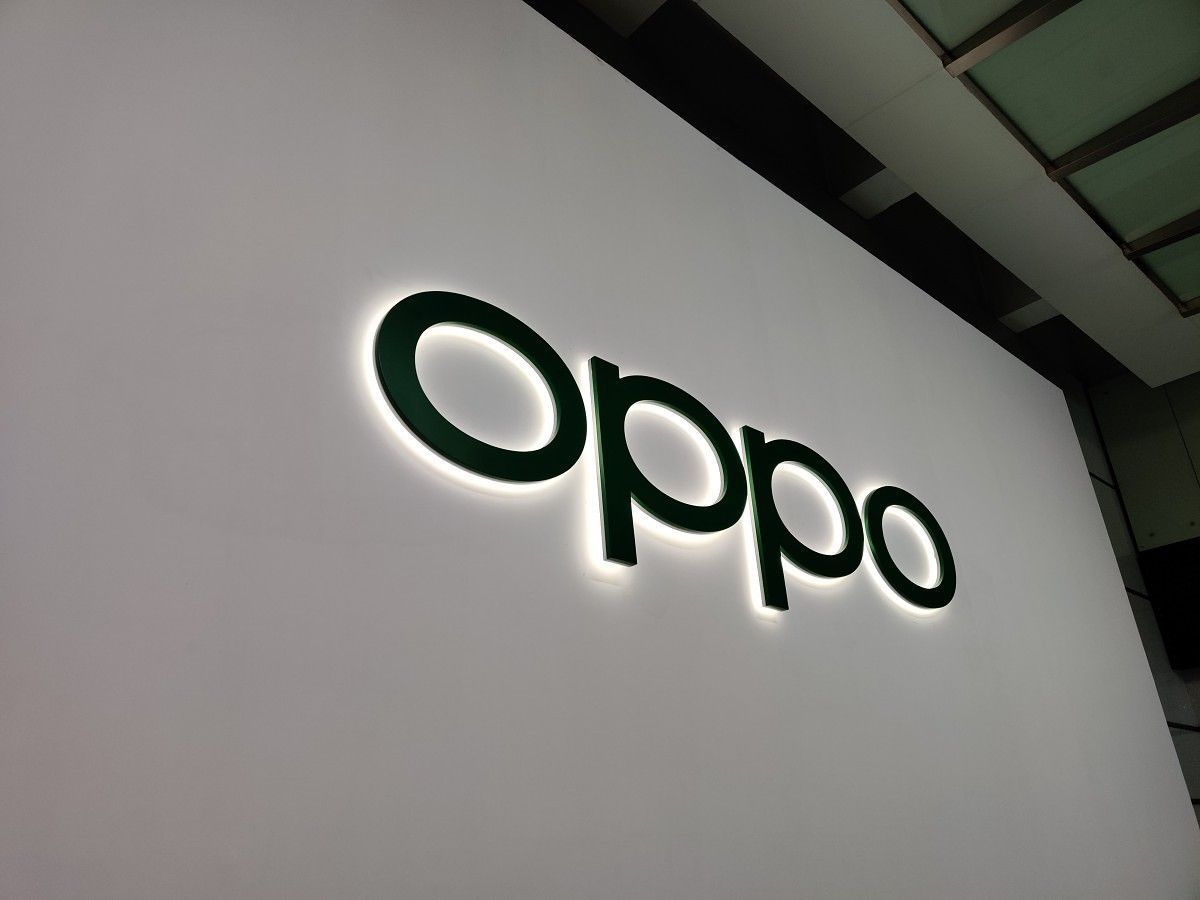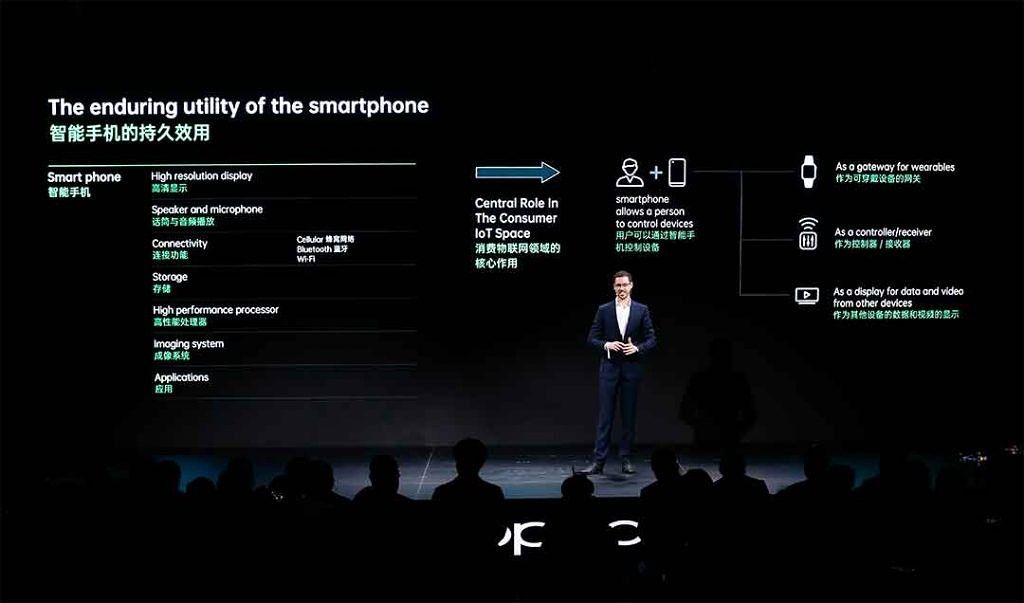OPPO has been around in the smartphone industry for a long time, having existed since around the early Android days and even before that. Long timers would recall devices like the OPPO N1, which adopted a rotating camera design six years ago, back in 2013, along with offering a "CyanogenMod Edition" of the phone. The OPPO N3 succeeded the phone with a motorized rotating camera design in 2014, back when phones still had a single rear camera. Devices like the OPPO Find 7 and Find 7a are also considered to be siblings to legends like the OnePlus One, owing to their similarity in hardware and their relative ease of software customization.
While these examples might be the ones that we remember when we think about older OPPO smartphones, the company has actually been around for 11 years in the smartphone business. OPPO is the largest smartphone brand under BBK Electronics, but the company began its journey with headphones and amplifiers. Now, the company has expanded into several different businesses, with over half of them being related to IoT, cloud computing and AI, in some way. As is with most technology companies, OPPO sees its future in internet-based services. Forming the central point in this vision is the smartphone, and ColorOS, their Android UX.
ColorOS boasts of over 320 Million monthly active users. While this number may not be a huge number when considering Android's adoption numbers, it still forms a formidable number in absolute terms. OPPO's phones and its software thus form the central point of focus in their efforts towards intelligent connectivity -- central to the convergence of technology and service, the convergence of organizations, the convergence of culture, and the convergence of technology, arts, and humanities. And of course, headlining these efforts will be the advent of 5G, which is being used as the catalyst for integrating different technologies with each other.
5G
OPPO claims to be on top of the charts for 5G patent ownerships, with patents applied for in 20+ countries and spread over 2,500+ patent families, and with more than 3,000 standard docs to 3GPP. On a more general scale, as of October 31, 2019, OPPO has applied for over 40,000 global patents, of which more than 14,000 have been granted. OPPO also claims to be placed third in China in terms of patents granted to Chinese companies. In addition to 5G, OPPO's patents extend to VOOC as well, with over 1,000 core patents. All of these patents are a result of continued investments in R&D over the years, and we can expect more to come because of OPPO's recent 10 Billion CNY R&D investment announcement from last year. The company currently boasts of four research centers and six research institutes, and over 10,000 employees involved in its R&D departments. And in the next three years, it plans to invest as much as 50 Billion CNY / $7 Billion USD in R&D, primarily focusing around cloud computing, AI, and other essential hardware and software technologies.
For 5G, the company plans to implement three key strategies: remaining committed to core technology R&D to develop world-leading tech; building a multi-portal ecosystem of intelligent devices with smartphones as the key gateway; and a continued rethinking of user service and content optimization. OPPO's vision thus incorporates an ecosystem of intelligent devices forming multiple points of entry as well as coordinating with each other. These points of entry could be parallel with no crosstalk, or be overlapping, interconnected and capable of intercommunication.
"3-Circle" Experience
OPPO's vision also takes the form of what the company calls a "3 circle" multi-device experience integration.
The first circle is the personal circle - devices that are closest to the user, namely smartphones, smartwatches, earphones and other pieces of technology that are used with very high frequency. The smartphone occupies center-stage in the personal circle, coming off as the super-platform with access to the most computing power on-device and through the cloud. Next in the line of importance are smartwatches that collect and understand critical physical data of its users and provides an alternate point of interaction for enabling higher priority conversation. Earphones follow along, enabling voice interaction and becoming an access point for voice-based AI for real-time translation and navigation. When these three techs converge, they offer an experience that is greater than the sum of its parts.
The second circle is referred to as the vertical circle, which takes the form of 5G CPE (Customer Premises Equipment). OPPO plans to release a 5G CPE Hub in the first quarter of 2020. This upcoming 5G hub will accept a SIM card and include support for Bluetooth, ZigBee, and Zwave connectivity for smart home integration, allowing users to connect up to 1,000 devices at the same time.
The third circle in OPPO's vision is virtual and real integration, taking the form of AR/AI glasses. We already have a glimpse of this through OPPO's new AR smart glasses that run on OPPO's Glass OS. These were unveiled at OPPO Inno Day, and the glasses feature 2 FishEye cameras for a wide field of view, an HD camera, and a Time-of-Flight (TOF) camera for 3D reconstruction. The AR glasses also include support for 3D surround sound to offer users an immersive AR experience. During a stage demo for the AR smart glasses, the company showcased a person exploring our Solar System using hand gestures to navigate between planets. The glasses also displayed information on each planet as the person navigated through them.
The coming year will be significant for OPPO's progress as a company that delivers experiences beyond the smartphone. More and more technology companies will be looking to leverage their hold in the smartphone business to offer a more fulfilling and interconnected lifestyle experience, and OPPO can be counted as one of those that finds itself in a good position to deliver successfully on this vision. With a planned roadmap involving more smartphones, more accessories, more wearables, and more 5G-enabling technologies, 2020 is all set to be the year when OPPO becomes more than just a smartphone brand.
Although OPPO is a current sponsor of XDA, they did not direct or have any input on the content of this post. OPPO did sponsor the travel and accommodations for XDA Editor Mishaal Rahman to their Innovation Day last week, during which the company made many of these announcements.



